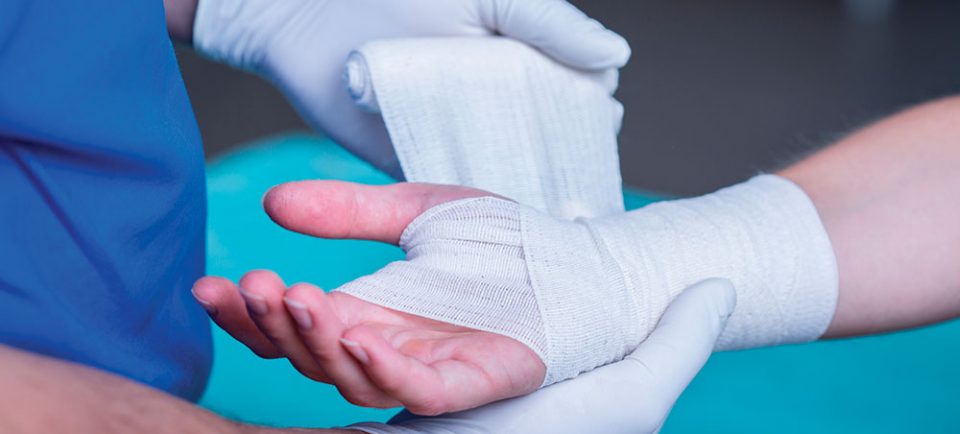by Tricia White
As organized youth sports have grown in popularity, the pressure to compete has led to children specializing in one sport only. In generations past, children changed sports with the seasons throughout the year, but today it is common for a child to play just one sport year-round, often competing at the highest level on multiple teams at the same time. When a child continually uses the same muscle groups and applies unchanging stress to specific areas of the body, this can lead to muscle imbalances that, when combined with overtraining and inadequate periods of rest, put children at serious risk for overuse injuries.
Studies have estimated the prevalence of youth overuse injury to be as high as 68%.
“Because young athletes are still growing, they are at a greater risk for injury than adults,” says Dr. Denton Watumull, a Board Certified Plastic and Hand Surgeon at Regional Plastic Surgery Center/RPSC Hand Surgery Center. “The consequences of overdoing a sport can include injuries that impair growth and may lead to long-term health issues.”
In his practice, which specializes in care of the wrist, hand, fingers and elbow, Dr. Watumull and his associates regularly see young athletes with injuries that require surgery.
How can a parent identify and prevent these issues? Dr. Kwabena Blankson, a Harvard and Yale trained adolescent medical physician offers these tips:
1. Talk to your teen. It seems obvious, but asking about pain and fatigue is part of your job as a parent. Don’t rely on the coach to ask. Some coaches will push athletes in pain, with a badge of “toughness” waiting as a reward at the finish line. But an athlete with a little pain can become an athlete with a lot of pain if proper medical attention is not received. Teach your teen to listen to his/her body and then obey what the body says!
2. Take a break. The teen athlete needs adequate sleep (8+ hours) to rest and recuperate. Training is important. But bear in mind that studies have shown that youth who train more than 16 hours a week are at increased risk of injury requiring medical attention. Other studies report training more hours per week than their age in years is an injury risk factor. It’s okay for parents to say, “take a day off,” even if makes them unpopular with the coach and their teen. Get a doctor’s note if backup is needed.
“When a young athlete repeatedly complains of pain, a period of rest from the sport is necessary. If pain persists, it is important to seek proper medical treatment,” says Dr. Watumull, whose credentials include earning the Emmanuel Kaplan Award for hand surgery.
“We commonly see athletes with missed fractures who incorrectly assume that if a finger can move, it is not fractured. Any finger that is swollen and painful more than 2-3 days after an injury should get evaluated and have x-rays taken.”
Common signs of overuse injury include:
• Pain that cannot be tied to an acute injury, such as from a fall
• Swelling
• Changes in form or technique
• Decreased interest in practice
Sources: American Academy of Orthopaedic Surgeons
Young Men’s Health & Wellness, Dr. Kwebena Blankson | 972.733.6565
Regional Plastic Surgery Center/RPSC Hand Surgery Center
Dr. Denton Watumull | 972.470.5000


